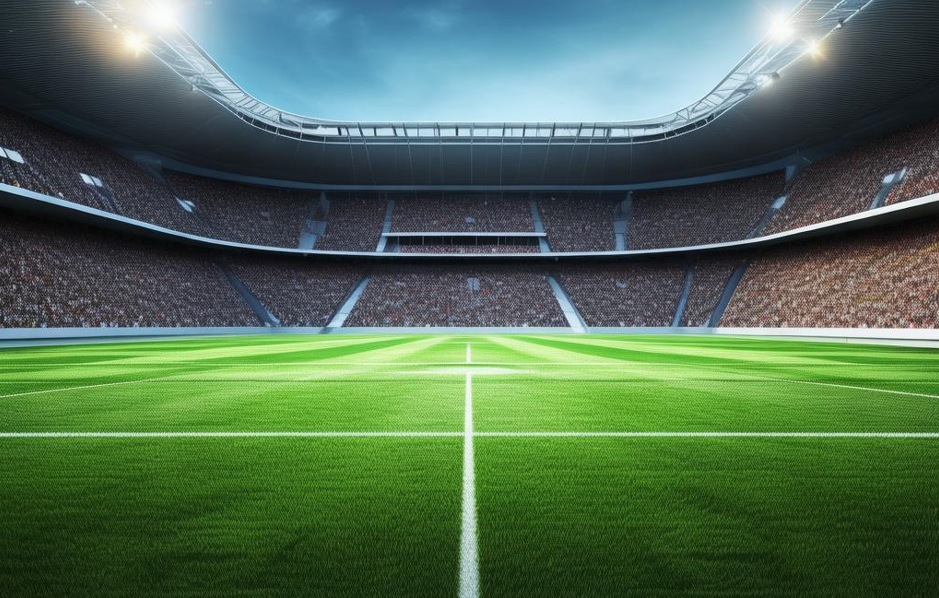Sports Field Lighting Standards: Ensuring Optimal Lighting Quality and Efficiency

1. Sports Field Illumination Standards
Standard Illumination Levels for Football Matches
For a viewing distance of 120m, the illumination should be between 150 and 300 lux; at 160m, it should be between 200 and 500 lux; and at 200m, it should be between 300 and 750 lux. The viewing distance is measured from the last row of spectator seats to the sideline of the field.
Vertical Illumination for Live Broadcasts
In football Field, the average vertical illumination should be 750 lux at a shooting distance of 25m, 1000 lux at 75m, and 1500 lux at 150m. For track and field Field, the average vertical illumination should be 500 lux at 25m, 750 lux at 75m, and 1000 lux at 150m.
Uniformity of Horizontal Illumination
The uniformity is defined by the ratio of minimum to maximum illumination, which should exceed 0.5.
Uniformity of Vertical Illumination
The ratio of minimum to maximum vertical illumination should be greater than 0.4 to satisfy primary viewing requirements.
2. Sports Field Lighting Quality Standards
Glare Control
The maximum glare index (GRmax) on the field should be below 50. A lower glare rating (GR) indicates better glare control. The glare rating is calculated using the formula GR=27+24Lg Lvl/Lve 0.9.
Light Source Color Temperature and Rendering
The color rendering index (Ra) for light sources used in color TV broadcasting should be at least 65. with a color temperature (Tc) exceeding 5000K, and the color rendering index (Ra) should be at least 80.
Light Directionality
Lighting should be focused on the center and penalty area of the football field, with the ratio of light from the main camera to the opposite side kept within a specific range.
Energy Efficiency Requirements
Efficient light sources and fixtures should be chosen, along with low-energy ballasts and the addition of compensation capacitors to enhance the system's power factor. The control system should be straightforward and easy to implement.
3. Outdoor Sport Field Lighting Standards
An effective lighting system is crucial for contemporary stadiums. This text outlines the essential aspects of outdoor sport field lighting design, using a college stadium's construction as a case study. It organizes key specifications and standards, including contrast, brightness, and glare, to arrive at the best solution, serving as a reference for outdoor sport field lighting design.For more information, please refer to outdoor sports lighting standards;
Outdoor Basketball Court Lighting Standards
Football Field Lighting Standards
High School Football Field Lighting Standards
Outdoor Tennis Court Lighting Standards
Baseball Field Lighting Standards
Rugby Field Lighting Standards
4. Indoor Sport Field Lighting Standards
Indoor Basketball Court Lighting Standards
Indoor Tennis Court Lighting Standards
5. People Also Ask
What are the requirements for lighting in a sports field?
Sports venues have specific lighting needs that encompass bright illumination, consistency, minimal glare, and excellent color rendering. Standards must be established based on the type of sport, venue, and functional needs. The design should prioritize the visual comfort of athletes, referees, and spectators, minimize light pollution, and implement efficient, energy-saving lighting systems that comply with international standards.
What are the standards for stadium lights?
Stadium lighting standards require bright illumination, consistent brightness, excellent color rendering, and minimal glare. The lighting intensity and design specifications, including horizontal illumination, color rendering index, color temperature, and glare management, must be established based on the specific sport, level of competition, and intended use.